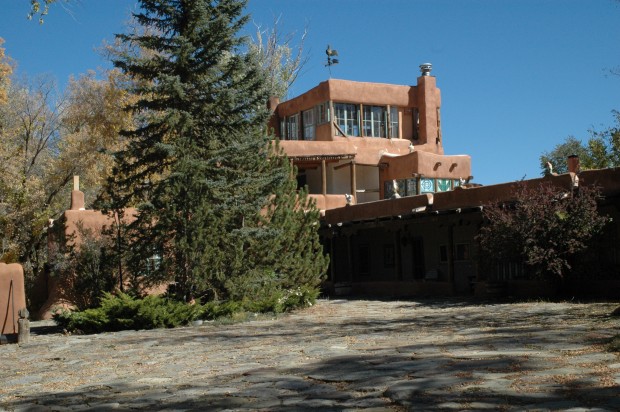
Working with the earth was a noble occupation. To loosen it and make the adobe bricks, mixing the wheat straw from last year’s harvest with it thoughtfully, laying them in rows to dry while the rock foundation is being built, and then fitting them carefully upon each other with the rich dark mud between that will turn hard as stone, all of it is a sacred matter, for the wonder of creation is in it, the wonder of transformation which always seems of greatest significance to Indians. To take the living earth from under their feet, undifferentiated and unformed, and shape it into a house, with length and breadth and height, each person’s house different, yet always basically the same as others, to bring the trees from the mountain and spread the long, round beams across the walls, to cut the young saplings and lay them close and even, either straight or in the ancient herringbone design, and with more earth and mud to form the roof and so have a shelter that will last forever if it be taken care of, this, it must be admitted, is wonderful.
One can see that it is pleasant to straddle the wall under a summer sky, and hammer down the adobe brick with the end of the trowel, and lift up the bucket of mud from the helper and spread it along in a thick, moist ooze ready to take the next dry brick. Singing comes out of this pleasant work, and there was always the sound of it going on, and the sound of funmaking and laughter.
–Mabel Dodge Luhan, Edge of Taos Desert: Escape to Reality, p 293